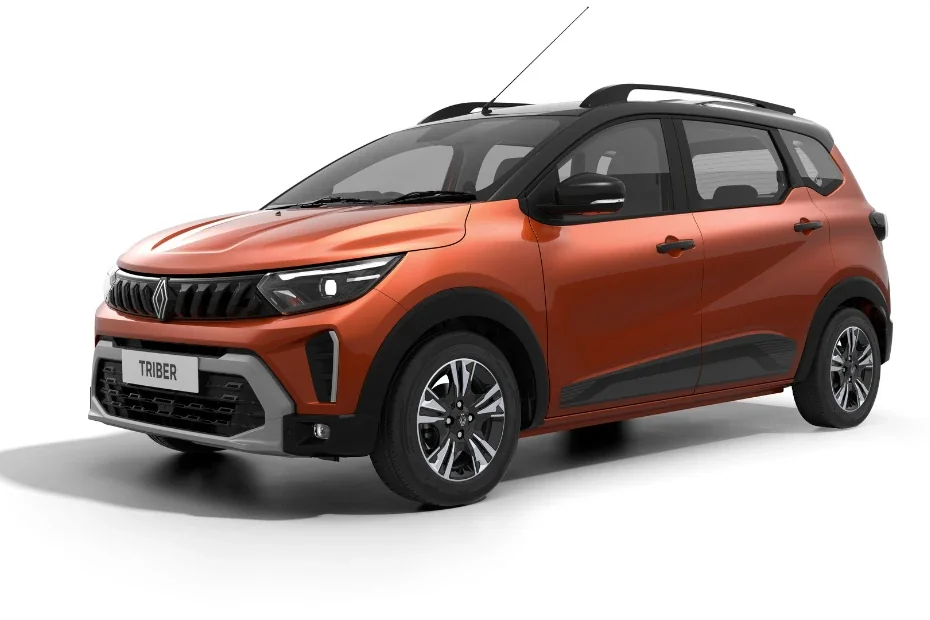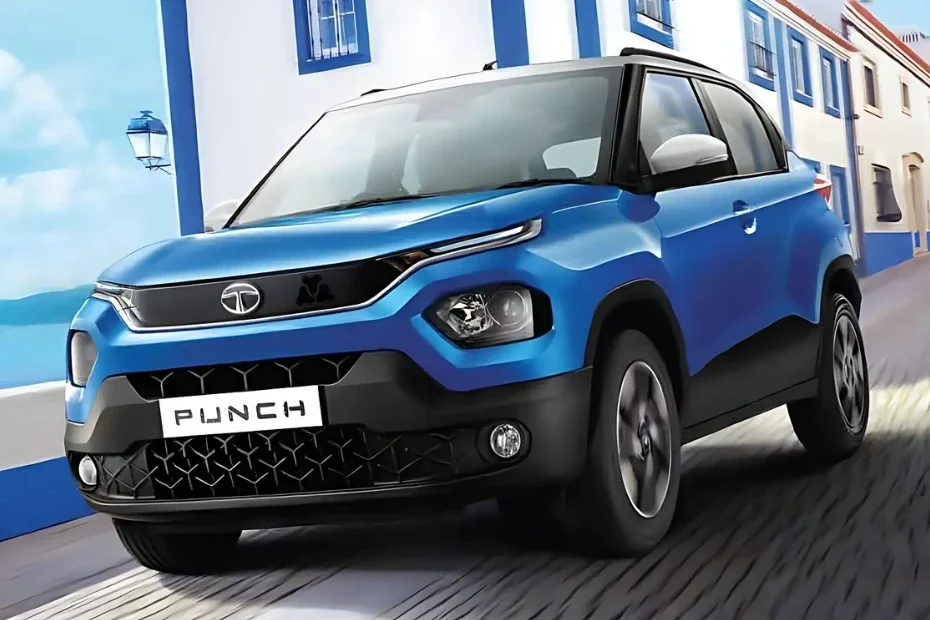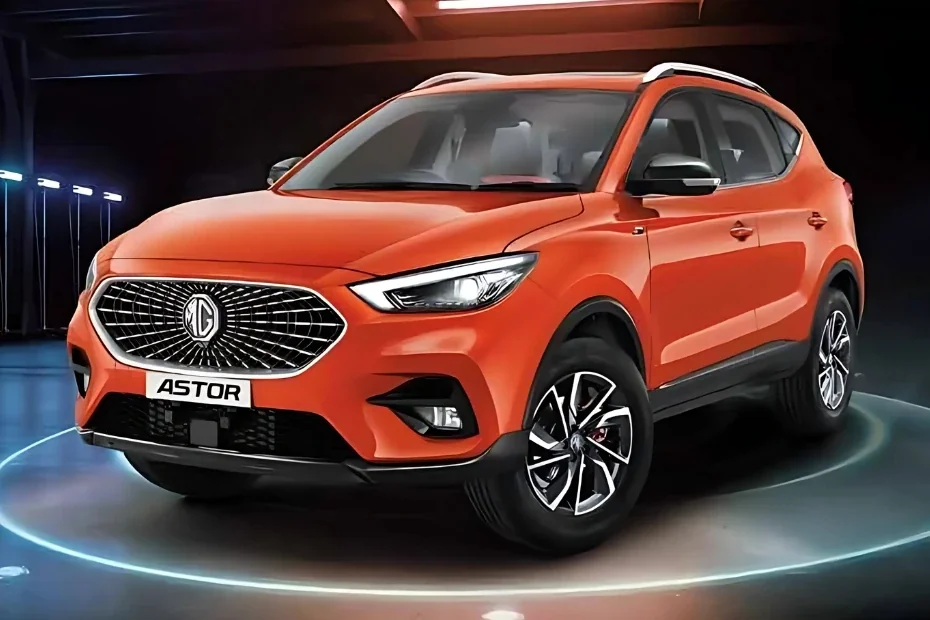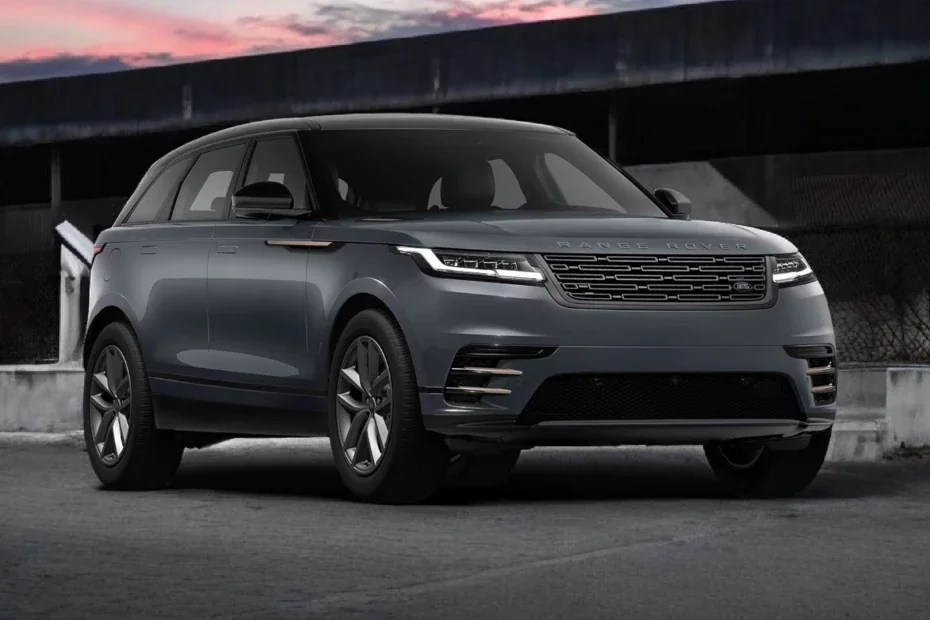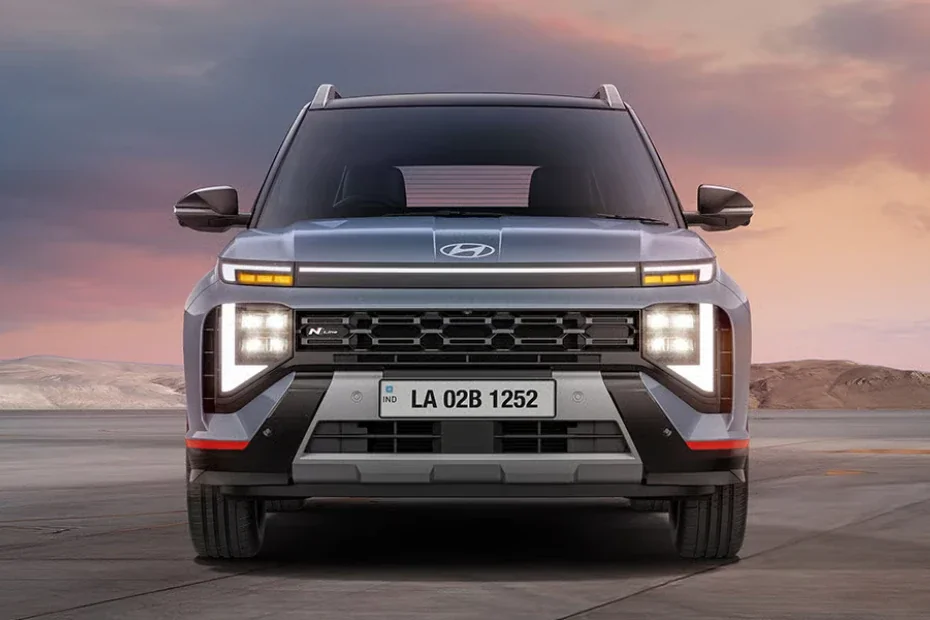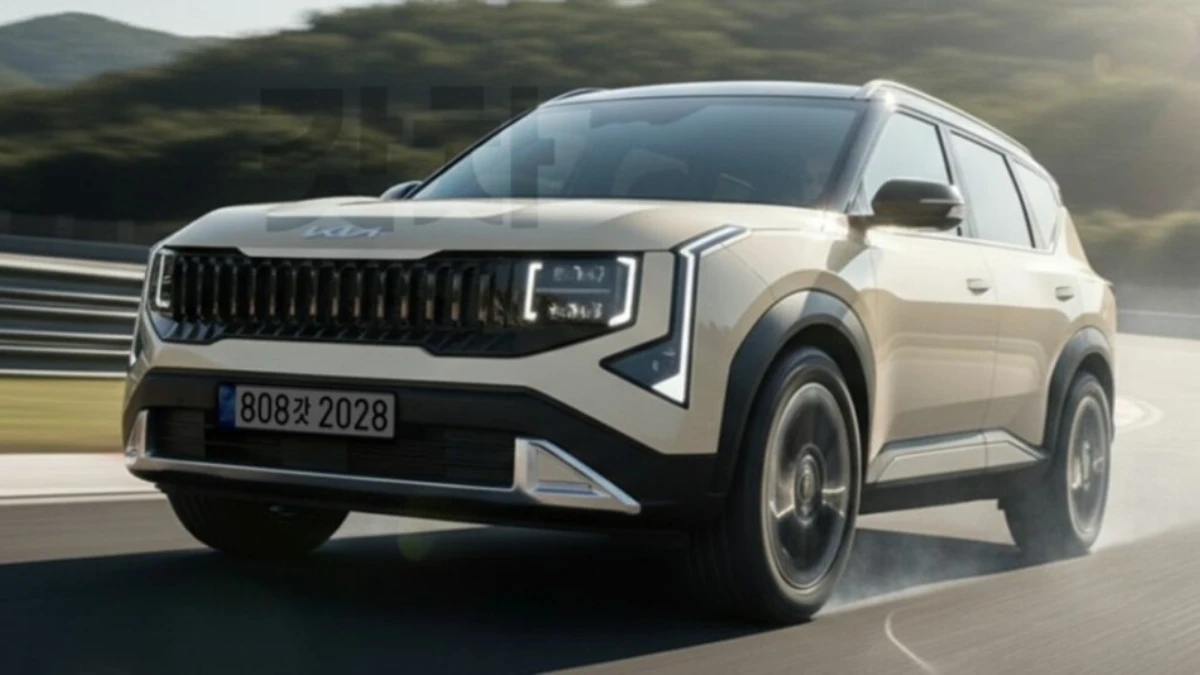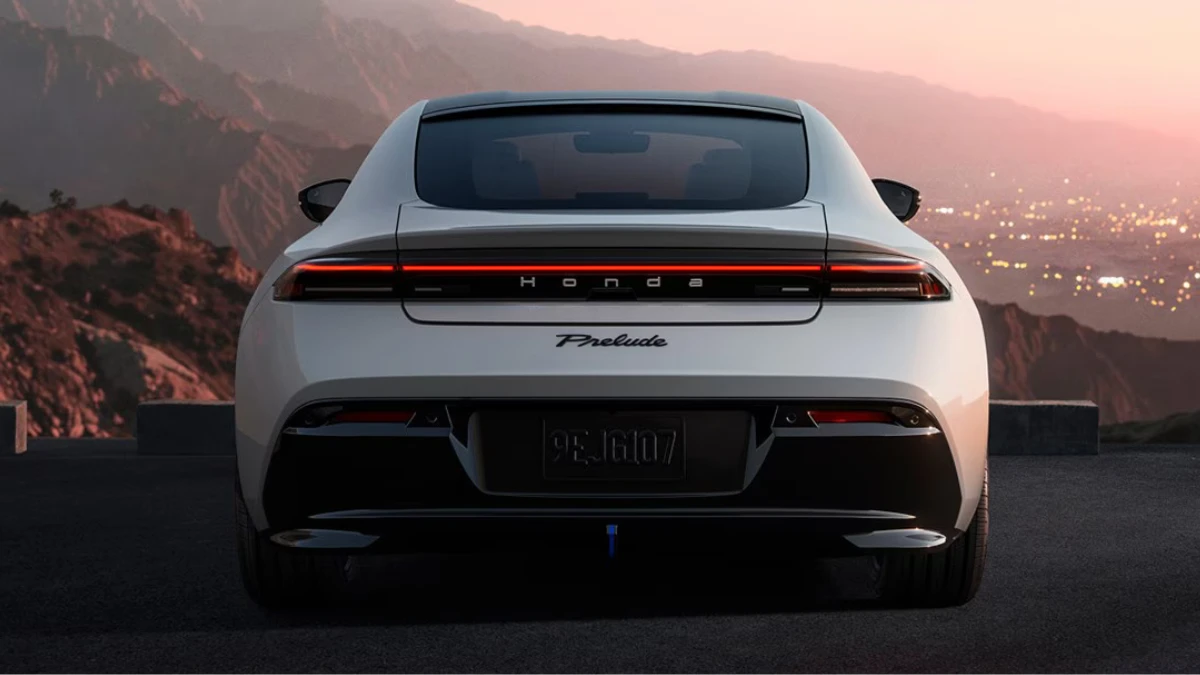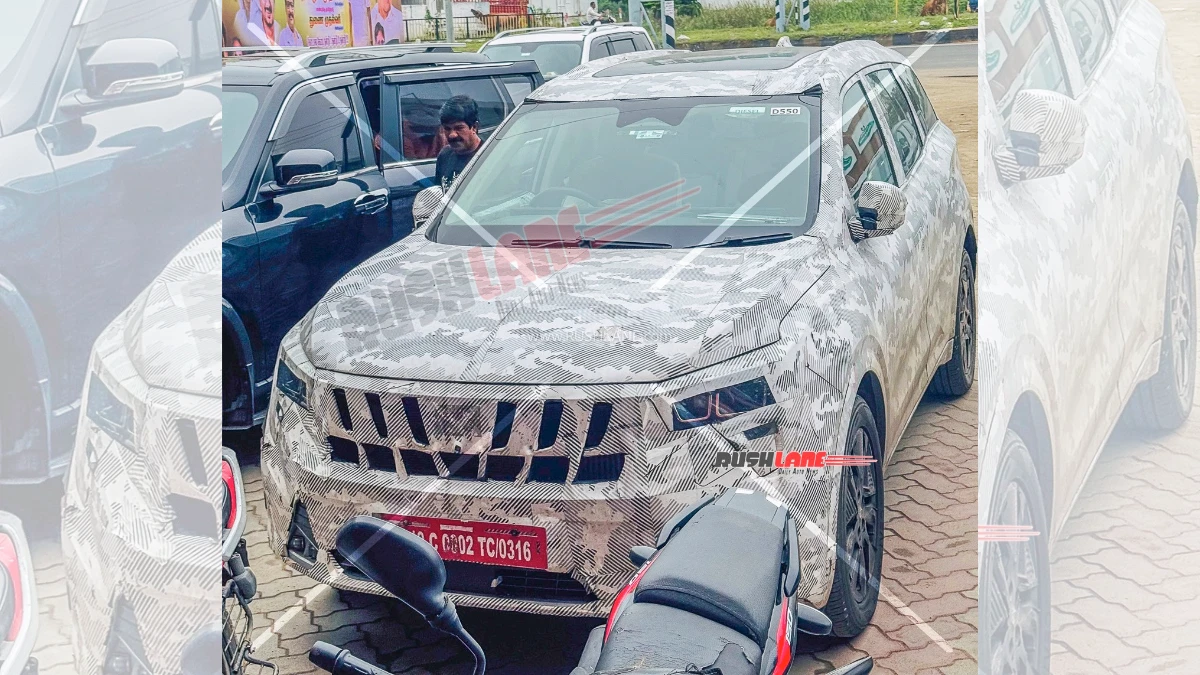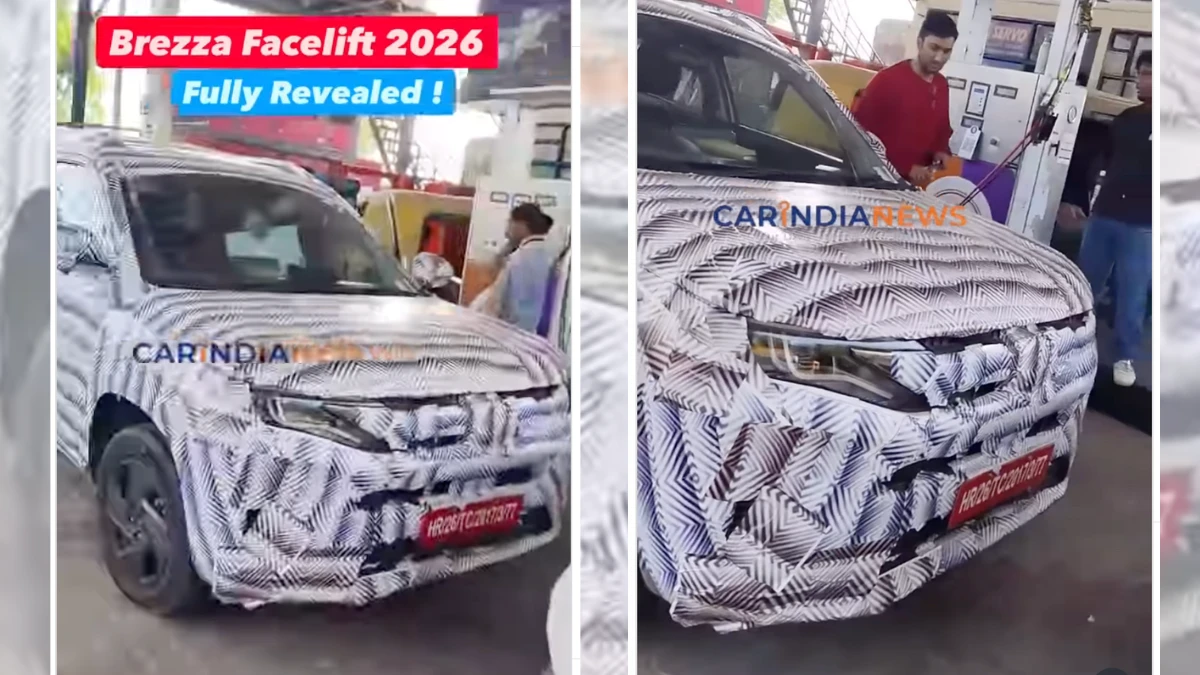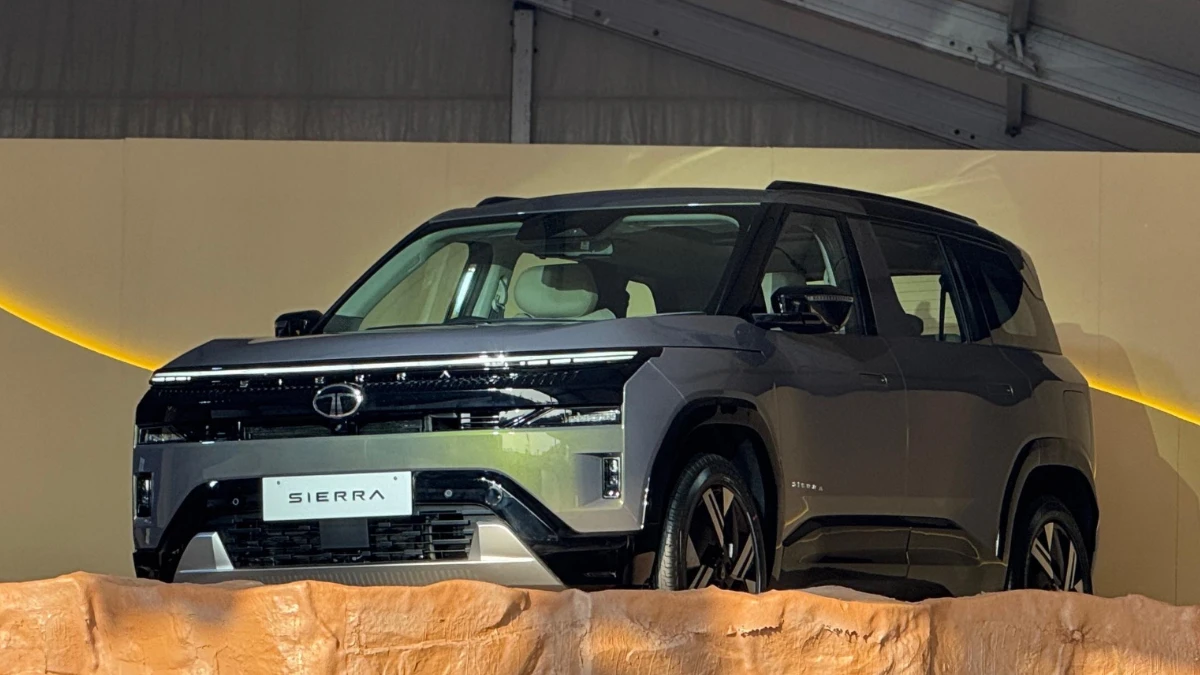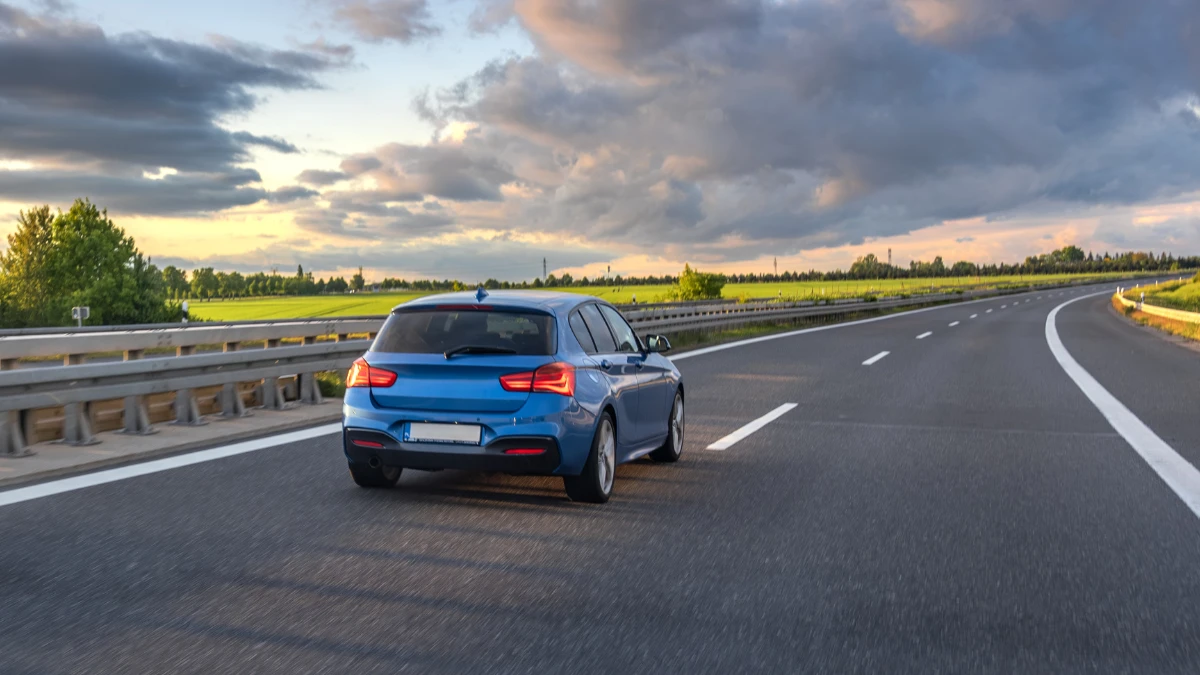
Before young drivers in India venture onto the road, it's crucial to understand the risks and responsibilities involved. According to the National Crime Records Bureau (NCRB), road traffic accidents remain a leading cause of death among individuals aged 18–45, highlighting the vulnerability of young drivers.
To promote safer driving habits, experts recommend starting long drives early in the morning to avoid fatigue and maintaining a safe distance. By prioritising safety and adhering to traffic regulations, young drivers can significantly reduce the risk of accidents and contribute to safer roads across India.
Read on to understand the detailed safety tips for young drivers.
Important Driving Tips for Young Drivers
To ensure a safe and smooth journey on the road, it is important to follow the recommended tips and precautions carefully. By paying attention to these guidelines, young drivers can minimise risks, stay alert, and enjoy a more confident driving experience on busy roads.
The essential driving tips are as follows:
1. Prioritise Safety
Wearing a seatbelt is not just a legal requirement but a crucial safety habit. In every modern car, seatbelts are standard, and it’s vital to fasten yours the moment you enter the vehicle. Make it automatic—muscle memory can save lives. Encourage passengers to do the same, as the driver is legally responsible if someone isn’t belted in, and any negligence could affect your licence.
2. Be Mindful of Your Limits
Every road has its designated speed limit. If you’re still practising driving, keep to the left lane and avoid impeding faster traffic in the middle or right lanes. These lanes are typically used for overtaking, and driving slowly in them can be risky for everyone.
3. Overtaking Correctly
In India, overtaking should always be done from the right-hand side. Drivers are seated on the right, so overtaking from the left is both unsafe and against standard driving etiquette. Stick to the rules to protect yourself and those around you.
4. Signal Lane Changes
Always signal before changing lanes, whether moving left or right. Modern cars often have lane indicators that flash with a single click—use them and plan your move. Check your blind spots and ensure you know your trajectory before manoeuvring. Sudden changes can be dangerous.
5. Drive Considerately
Share the road courteously. Keep left if you’re driving slower, avoid taking up unnecessary space while parking, and always yield to pedestrians, particularly children and senior citizens. In crowded areas, reduce speed and stay alert, anticipating any sudden movement on the road.
6. Third-party Car Insurance
Highways and other driveways can be unpredictable, and even the most cautious young drivers can face unexpected situations beyond their control. For such cases, a third-party car insurance provides financial protection if your vehicle causes damage to another person’s property or injures someone in an accident. As it is also a legal requirement in India, driving without it can lead to severe penalties.
7. Understand Your Vehicle
Every car handles differently, and the more time you spend driving, the better you’ll understand its behaviour in various conditions. Learn the basics under the bonnet and how different components work. This knowledge can help you troubleshoot minor issues without relying entirely on a mechanic.
8. Minimise Distractions
Distractions significantly increase the risk of accidents. Keep mobile phones out of reach while driving, and set up your music or navigation before starting your journey. Focus is key—your full attention must always remain on the road.
Essential Night Driving Tips for Young Drivers
Driving at night can be more challenging than daytime travel, so taking extra precautions is essential to stay safe on the roads. Here are some key tips every driver should follow:
1. Take Breaks if Feeling Tired: Never drive when you’re exhausted, unwell, or drowsy. Your alertness is crucial, so ensure you’re well-rested before setting off. If fatigue sets in during a journey, pull over safely and take a break before continuing.
2. Reduce Your Speed: Nighttime reduces visibility, making it harder to spot hazards. Driving slower allows you more time to react to unexpected obstacles or sudden movements on the road.
3. Choose Well-Lit, Multi-Lane Roads: Two-lane highways can be hazardous at night due to oncoming traffic and limited visibility. Opt for roads with multiple lanes and proper lighting whenever possible for safer travel.
4. Keep Windshields and Mirrors Clean: A clear view is vital after dusk. Dust, streaks, or grime on your windshield and mirrors can create glare and reduce visibility, so clean both the interior and exterior surfaces regularly.
5. Adjust Interior and Exterior Lighting: Dimming dashboard and cabin lights helps your eyes adapt to the darkness outside. Additionally, ensure your headlights are correctly aligned, clean, and functioning to illuminate the road without blinding other drivers.
Driving Rules in India
Following traffic rules is essential, regardless of the type of road, whether it's a busy National Highway, a State Highway, or a quiet street in your neighbourhood. However, the importance of obeying rules increases on highways, where higher speeds and heavy traffic can turn minor mistakes into serious accidents.
Here are key guidelines every driver should keep in mind before hitting the highway:
1. Respect Speed Limits: Signboards indicate the maximum speed, which must never be exceeded. Driving too fast reduces reaction time to unexpected hazards, such as animals crossing the road or vehicles swerving.
2. Lane Rules Based on Speed and Direction: Slow-moving vehicles, such as trucks and buses, should remain in the left lane, while faster cars should use the right lane. On multi-lane roads, stay in the right lane if turning right, the middle lane if going straight, and the left lane if exiting.
3. Overtake Safely: Avoid overtaking from the left, especially near large vehicles, as you may be in their blind spot. Overtake from the right with a clear indication. If overtaking from the left is unavoidable, warn the other driver by honking the horn or flashing your headlights.
4. Approach Intersections with Caution: Reduce speed when nearing junctions, pedestrian crossings, or intersections. Look out for road signs, markings, and signals to give yourself enough time to react.
5. Handle Breakdowns Carefully: If your vehicle stops on the road, move it to the shoulder, switch on hazard lights, and, if possible, place a reflective triangle to alert oncoming traffic.
For young drivers, disciplined and claim-free driving not only prevents accidents—it can also directly reduce your car insurance premiums over time. In India, most comprehensive car insurance policies offer a NCB in car insurance (No Claim Bonus) for every year you go without filing a claim. This bonus can range from 20% to 50% off your premium, depending on the insurer and the number of consecutive claim-free years.
Hitting the road as a young driver comes with both excitement and a sense of responsibility. Understanding the risks, adopting safe driving habits, and staying aware of traffic rules are essential steps to ensure a secure journey.
It is vital to recognise that young drivers are particularly vulnerable to accidents due to inexperience and distractions such as mobile phone use. Ultimately, responsible highway and city driving is not just about protecting oneself but also safeguarding fellow commuters.
By prioritising caution, adhering to traffic laws, and staying alert at all times, young drivers can enjoy the freedom of the road while contributing to safer roads across India.
About Author

Team CarLelo
Sub-Editor
Car Lelo was launched with a vision of making the car buying effortless and was designed keeping in mind all the ifs and buts that overshadow the car buying experience. We at Car Lelo strongly believe; buying a car is a unique escapade that does not happen every day. We strongly put in our efforts to deliver an overall bespoke experience to our customers. We bring it all together on a single platform, starting from choosing your car online to selecting colours, variants, and the paperwork. With our remarkably easy user experience, we aim to drive transparency throughout the purchase process. We at Car Lelo offer deals on cars and offer the highest satisfaction after the car is delivered. Car Lelo aims to cut out on the daily hassle and bring ease to your fingertips.
Top Car Brands in India
Top Car Brands in India
You May Also Like
Trending Cars in India
Trusted Dealer
All Over India
Irresistible Offers
Stay Updated, Pay Less
Compare Cars
Choose the Right Car
Easy Finance
Multiple Finance Options

Monday - Saturday
10:00am - 6:30pm
+91 7947722777, +91 7479000444, +91 9311718549
contact@carlelo.com












































